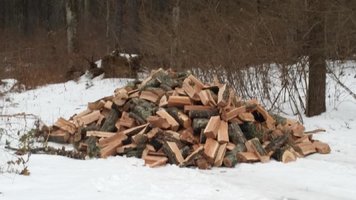namedpipes
NES Member
Haven't you heard of global warming? Warmer climes are coming to us!There is a reason (OK, several) that people move from those places to warmer climes.
https://americanenglish.state.gov/files/ae/resource_files/to-build-a-fire.pdf

![Shocked [shocked] [shocked]](/xen/styles/default/xenforo/smilies.vb/007.gif)

![Puke [puke] [puke]](/xen/styles/default/xenforo/smilies.vb/023.gif)